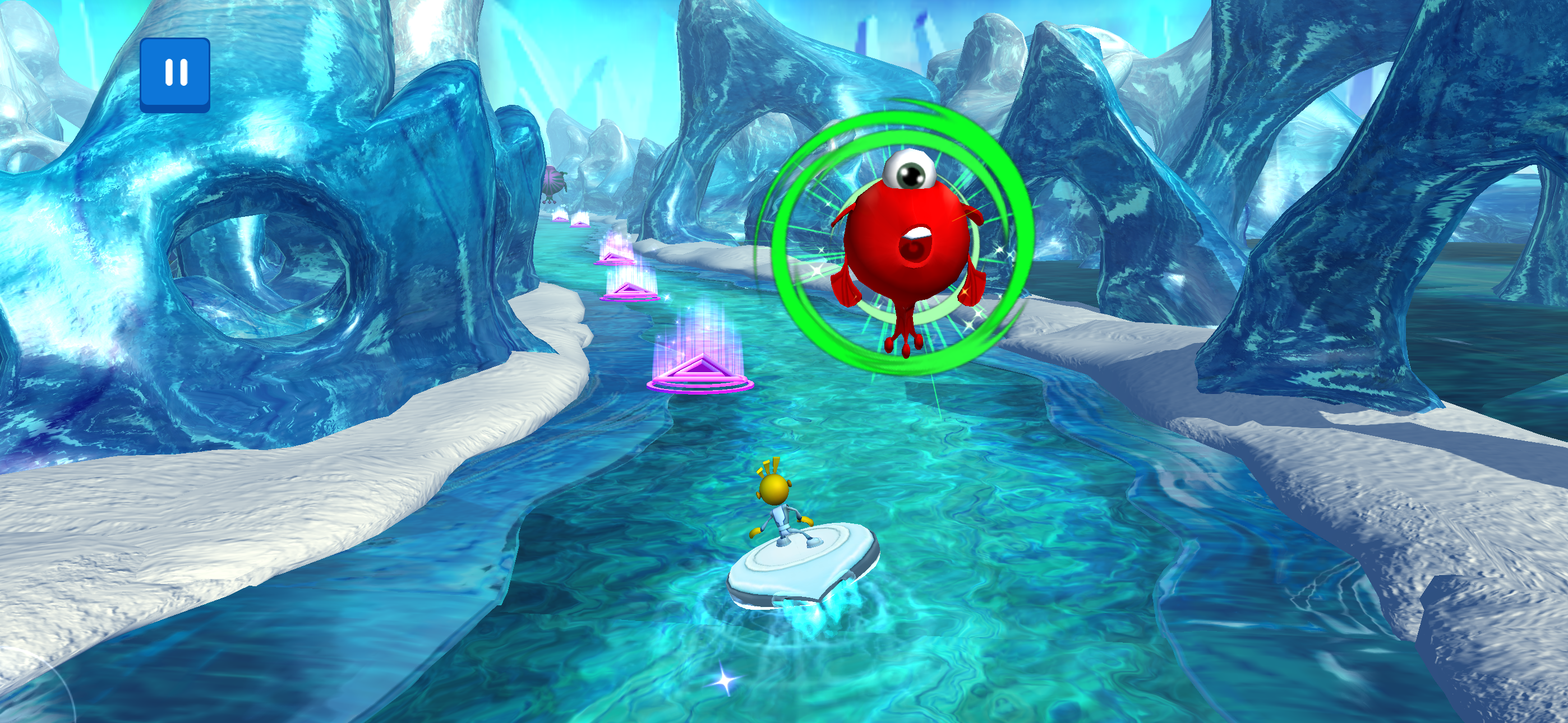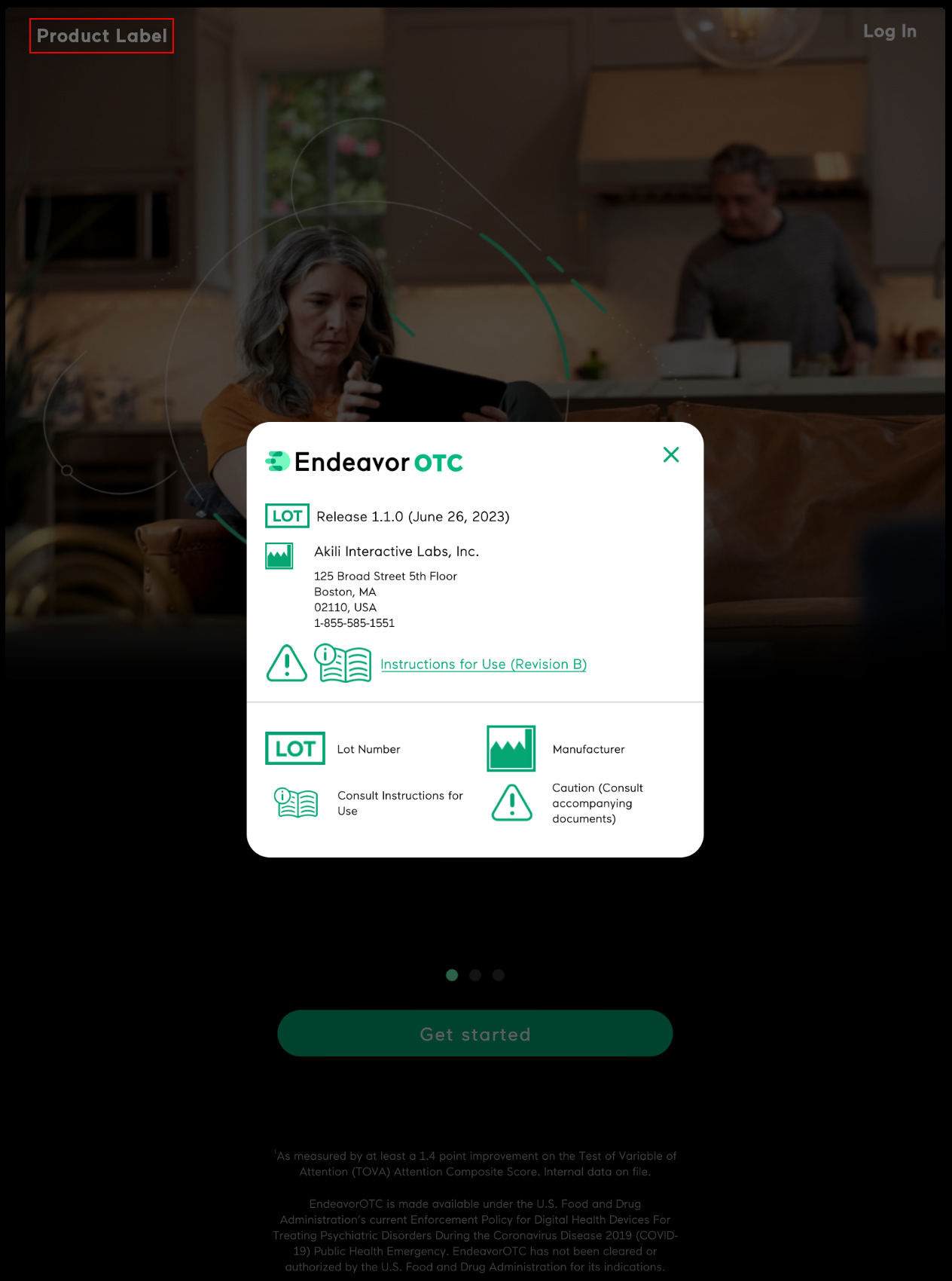How Video Games Can Affect the Brain

There are many different types of video games. They could also have very different effects on people and their brains. Many of these differences may be due to the goals of the video games’ creators and the processes used for developing the games.
The intended use of a video game will dictate the way a game is designed and the way the game can affect the brain. Therefore, the processes for developing video games intended for entertainment and for those designed to change brain function or treat ADHD are quite different. For a video game created as a digital therapeutic, the primary goal and subsequent design process are what makes it good for those with ADHD in ways other games may not be.1
How different video games are designed
Many video games are designed specifically for entertainment purposes. These games are designed to keep a person continually wanting more, which requires activating the reward center in the brain. Beyond that goal, the design of these entertainment games is not focused on activating any particular mental processes within the brain. And these games are certainly not focused on strengthening impaired function. Instead, the design will be focused solely on the look and feel, storyline or plot, and interactive elements that keep players engaged for long periods of time. The game design team could include many specialties from the video game industry, but it will not likely include neuroscientists, cognitive scientists, or healthcare professionals of any kind.
Treatment-based video games designed as digital therapeutics (or digital medicine) are specifically intended to treat a certain condition or impairment, so they have a different core goal from those entertainment-based games. The game design team, which definitely includes neuroscientists, cognitive scientists, and healthcare professionals will first start with an analysis of the neurocognitive differences between people who have been diagnosed with that specific condition or impairment and those who have not.
How ADHD treatment video games are different
A digital therapeutic is designed with the sole goal of improving certain brain functions that need strengthening. To treat ADHD, EndeavorRx and EndeavorOTC have been designed to target the mental processes in the brain that are responsible for attention and focus.
The Endeavor products require the player to engage in activities that directly involve the targeted mental processes. This is done via the navigating, targeting, and multitasking activities that make up the core of Endeavor gameplay. Then an adaptive algorithm continually measures the player’s performance and adjusts the difficulty to maximize improvement for each person and keep that player right at their challenge threshold. This is critical because failures are actually good!
How can failures in the game be good for the brain?
In order to “wire in” a new behavior or way of working, the brain is looking for success in a specific situation where it has previously only failed. The Endeavor video games are designed to constantly measure the ability of the person playing it. Then, through an adaptive algorithm, they can keep adjusting the difficulty of the game so that the player is challenged to perform right at the boundary of where they can succeed and where they will fail.
When the player fails several times at a specific activity, the algorithm will subtly adjust some aspect of the game’s challenge, making it possible for the player to succeed the next time that situation arises. Then if the result is success, the brain will typically detect this sudden difference and wire that new pattern into its network. If this pattern is repeated over a number of experiences, the new connections will be strengthened and the brain will now be able to do something it could not do well previously. Even more importantly, the adaptive algorithm adjusts differently for each person at every moment they are playing the game, meaning that treatment is uniquely personalized to every person at all times.
New scientific approach solves limitations of early “brain training” games
Eventually, researchers began developing products that used game-like experiences to improve brain function and ward off the effects of aging. These early products primarily required the user to solve common puzzles or math problems with a focus on repetition.
The problem with these early attempts at brain training was their reliance on repetition, a process also called “drill and practice”. This approach to learning came from the 1940s and is one of the earliest psychological theories. Known as “behaviorism,” the theory emphasized repetition as the basis of learning in animals and humans2. The problem with drill and practice, as the emerging field of cognitive psychology discovered, is that abilities learned by constant repetition become automatic responses and cannot be adjusted by thinking about how to use them in other ways. This means the mental ability developed cannot be applied to other tasks or activities, even ones that are just slightly different. It was not long before research studies3 emerged demonstrating that this repetition-based brain training showed little to no benefit outside of the specific tasks practiced in the training.
The new approach experienced in the Endeavor treatment-based games is drastically different from the early brain training games. Instead of repeatedly practicing individual activities, the new digital therapeutics require the brain to carry out multiple activities simultaneously at or near maximum ability. This creates competition among mental processes, causing the brain to adjust itself to enable the most important process to succeed. If the brain still can’t successfully adapt at a particular challenge level, the adaptive algorithm automatically adjusts the difficulty by small amounts until success is achieved. The brain will detect any new success and rewire its networks with this new pattern, so the mental processes involved no longer fail. Instead, they can now succeed at a range of similar situations. Then the adaptive algorithm increases complexity so that the process repeats to rewire even more successful abilities.
The brain rewires in this way because these networks are firing together properly in order to succeed in a situation where it was not able to succeed before. For the Endeavor video games, treatments have been designed to generate the improved attentional abilities needed for those who have primarily inattention or combined type ADHD. An easy way to remember this process, courtesy of the neuroscience community, is “what fires together, wires together.”
This rewiring process is how the activities and adaptive algorithm in the Endeavor video games build or strengthen mental processes that can be activated in related but different situations of daily life. The brain will not have merely automated a very specific response to a single task but will instead have been changed by developing greater functionality that can now deal with a range of demands.
To learn more about these treatments, please visit the EndeavorOTC website if you are an adult seeking new options or the EndeavorRx website if you are a caregiver seeking treatment for a pediatric patient aged 8-17.
About the Author
-
Caty Reid’s career has been characterized by her unique blend of consumer and healthcare marketing expertise, requiring her to routinely weave complex and verbose medical concepts into digestible and user-friendly consumer content. Through her love of writing and her unwavering commitment to improving lives, she has consistently excelled in navigating the complexities of the healthcare landscape, bridging the gap between innovative technologies and the needs of consumers. Her passion for writing for the ADHD community, and those interested in better understanding their condition and their options, goes well beyond professional expertise; Caty has also been diagnosed with ADHD as an adult and has been on a personal & professional journey to help uncover the unknowns and crush the stigma(s) of adult ADHD.

